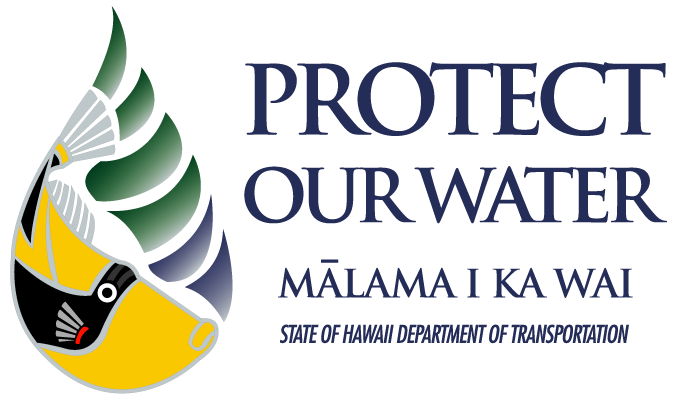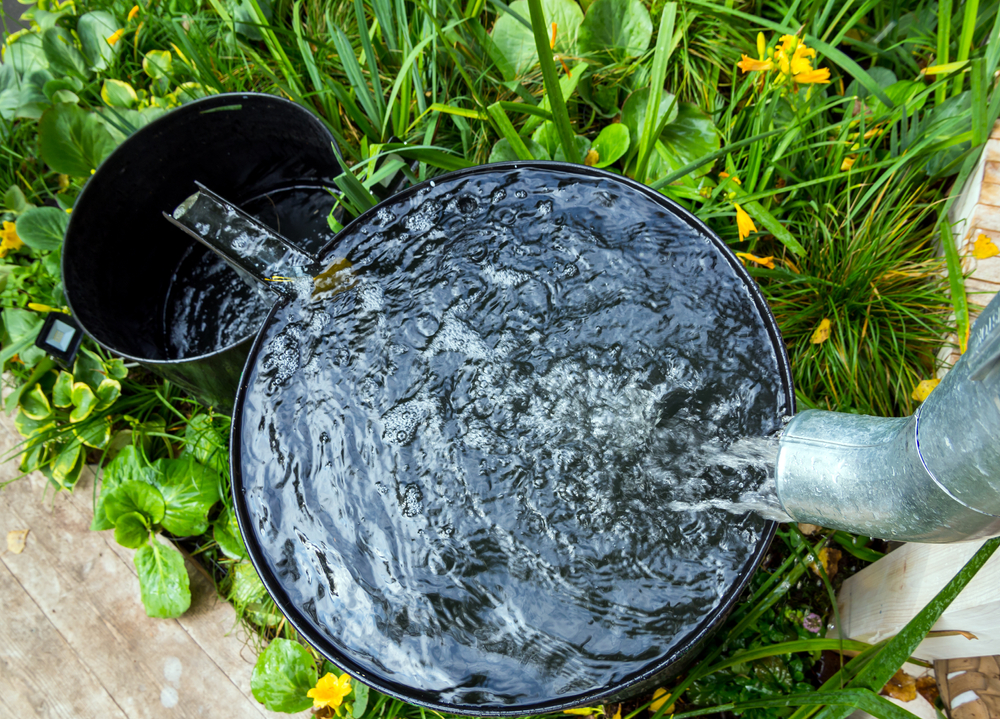Innovations in storm water management technology are helping programs like Storm Water Hawaiʻi combat storm water pollution more effectively and support local storm water policies. These range from small-scale tools like rain gardens and catchment systems at home to larger infrastructure such as hydrodynamic separators and catch basins. By learning about and implementing these tools, we can all do our part to keep our environment clean, whether at home, work or in our communities.
There are several tools that homeowners and businesses can use to help reduce storm water runoff and improve water quality, including:
- Rain Gardens: Rain gardens are shallow, depressed areas filled with plants that collect and infiltrate storm water into the ground, while also acting as a natural filter. When storm water flows through the vegetation, pollutants are absorbed, helping to prevent contaminated runoff from reaching storm drains.
- Rain Barrels & Cisterns: Rain barrels and cisterns are large containers placed outdoors to collect and store rainwater. They help reduce runoff while also providing a sustainable water source for gardens, lawns, and other outdoor uses.
- Permeable Pavements: Permeable pavement allows water to seep through small pores and absorb into the ground, rather than running off into the streets and storm drains. This helps reduce flooding and supports groundwater recharge.
Entities with larger jurisdictions like the City and County of Honolulu or the State may use tools like the following:
- End-of-Pipe Netting: These large, disposable nets are placed at storm drain outlets to capture trash while allowing water to pass through. Once full, the nets are removed and disposed of properly.
- Debris Separating Baffle Boxes: Installed between storm drain inlets and outlets, these boxes contain filtration screens and trash storage chambers. As storm runoff passes through, debris is filtered out before clean water is released.
- Catch Basin Inserts: Just as its name suggests, these inserts are placed in catch basins to capture trash and other pollutants such as sediment, while allowing water to flow through. Once the insert is filled, the trash and other pollutants are emptied and disposed of.
- Retractable Inlet Screens: Commonly made of metal, these screens cover storm drain inlets, allowing storm water to pass through while capturing trash and debris. They feature overflow bypasses to prevent flooding and can be opened and closed as needed.
These are just a few of the tools helping to improve storm water management in Hawaiʻi. As technology continues to advance, we can better remove trash and rubbish from storm water to reduce pollution. However, a collective effort by the public to put trash in its proper place, combined with technological advances, will help maximize our impact on storm water. With this kind of technology in addition to individual actions, we can ensure our local waters are protected. To learn more about different storm water technology, watch Richard Price’s Talking Trash presentation from the 2023 Protect Our Water Conference.


